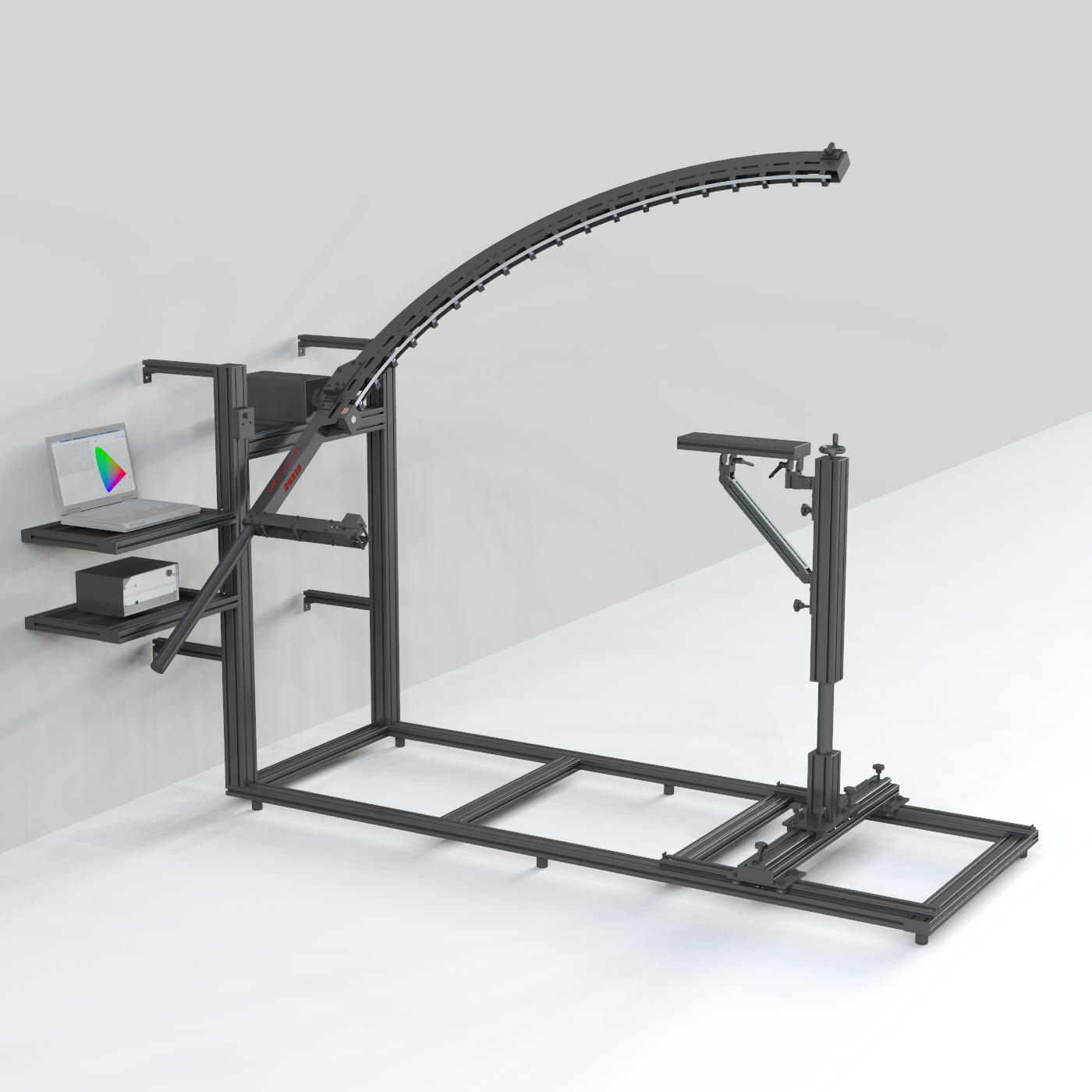
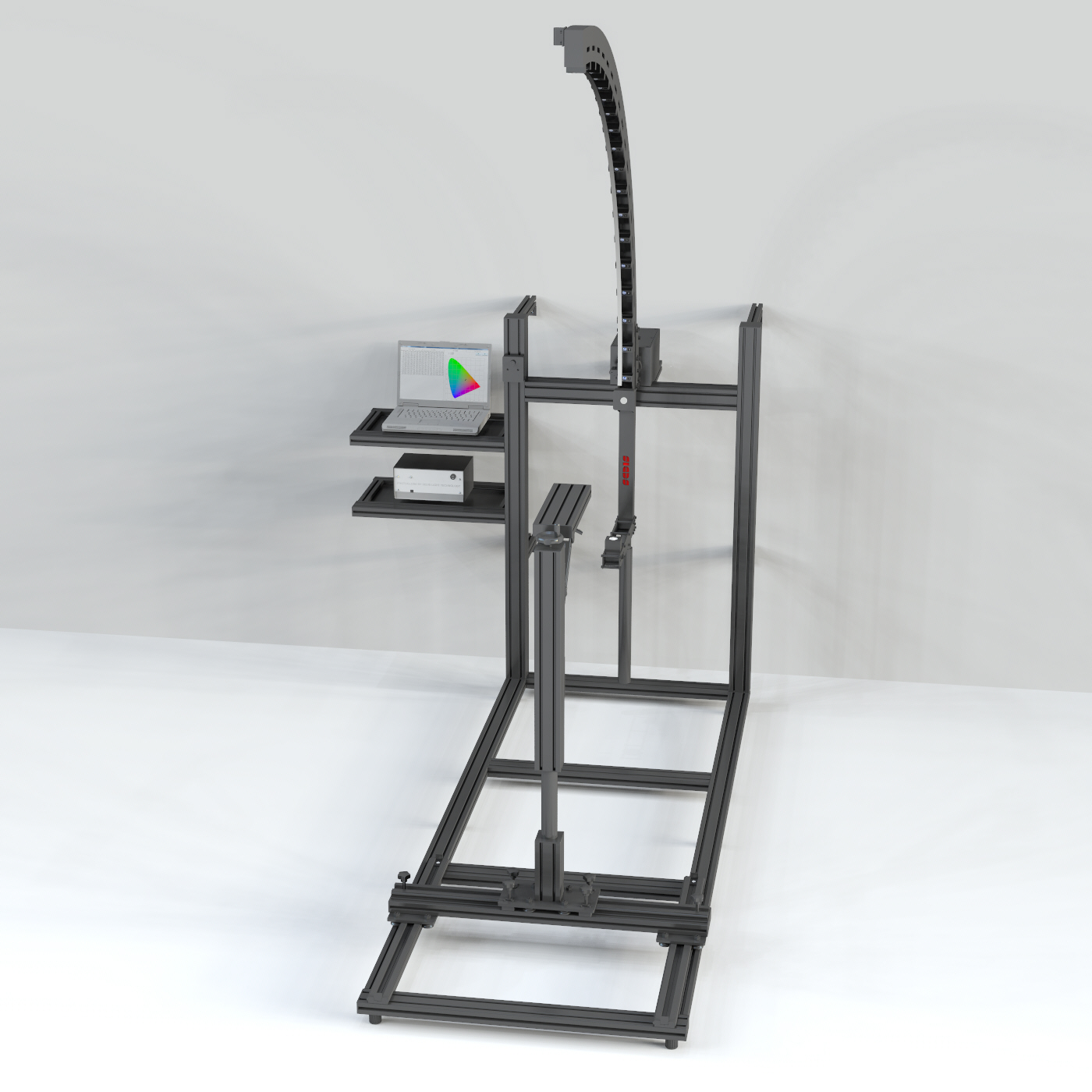
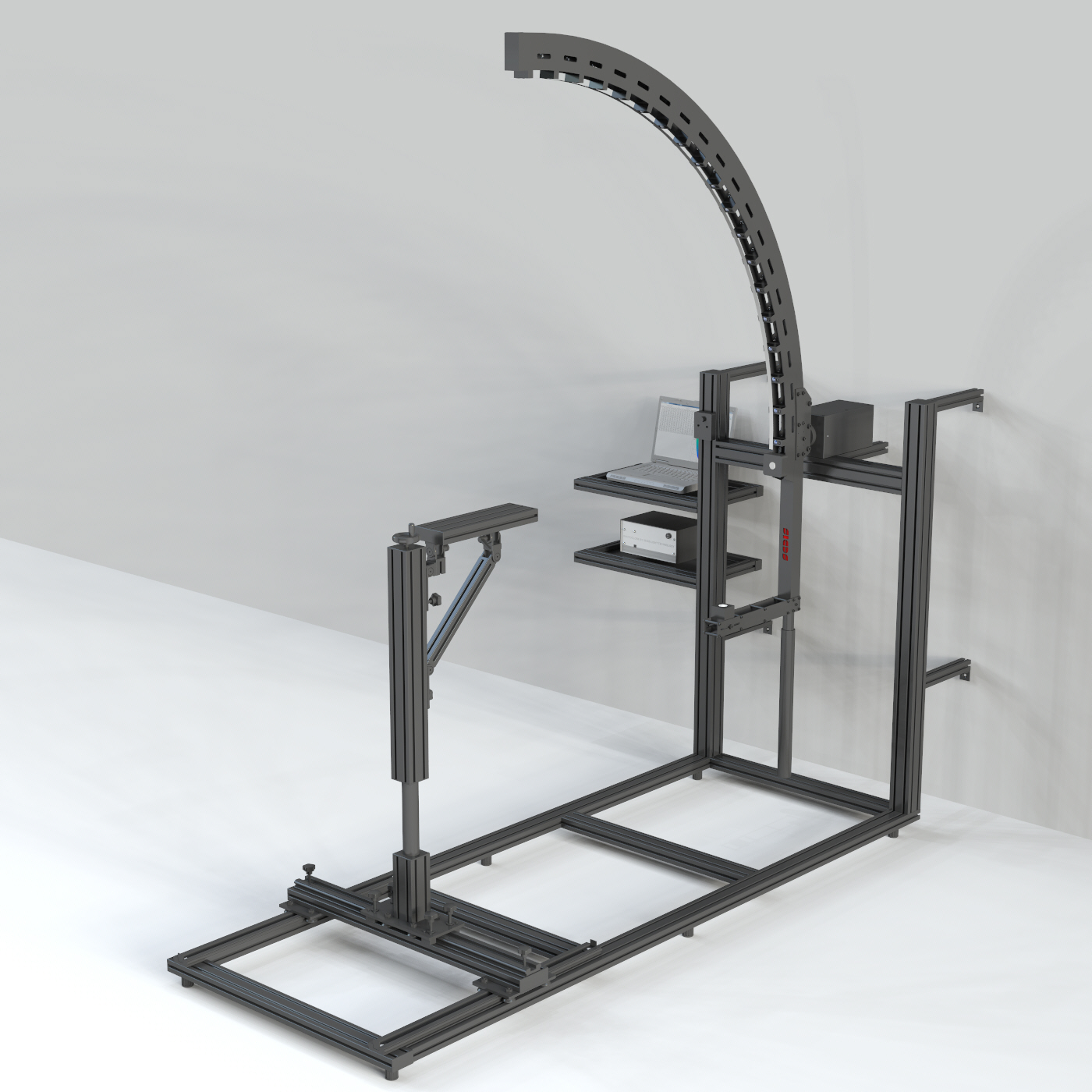
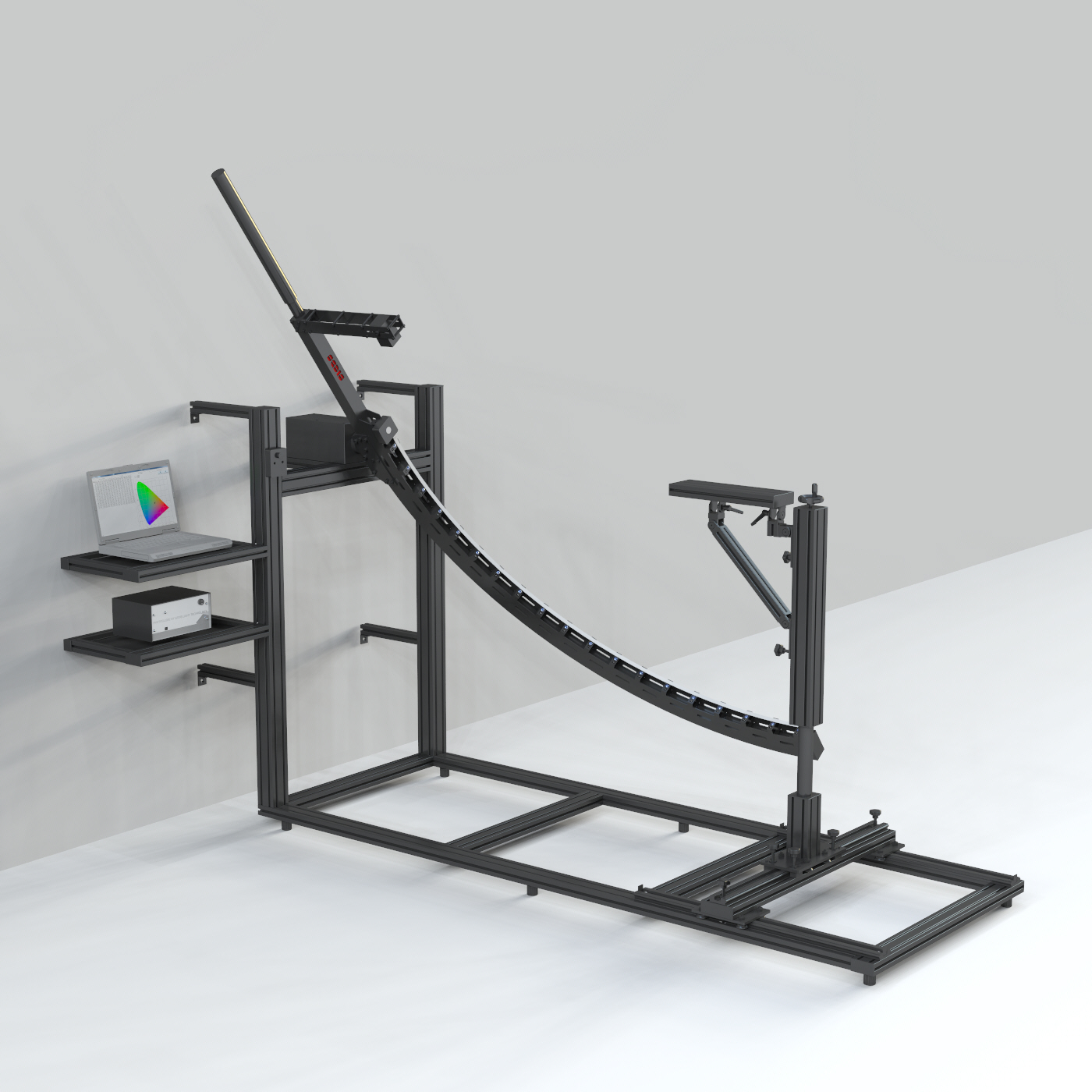
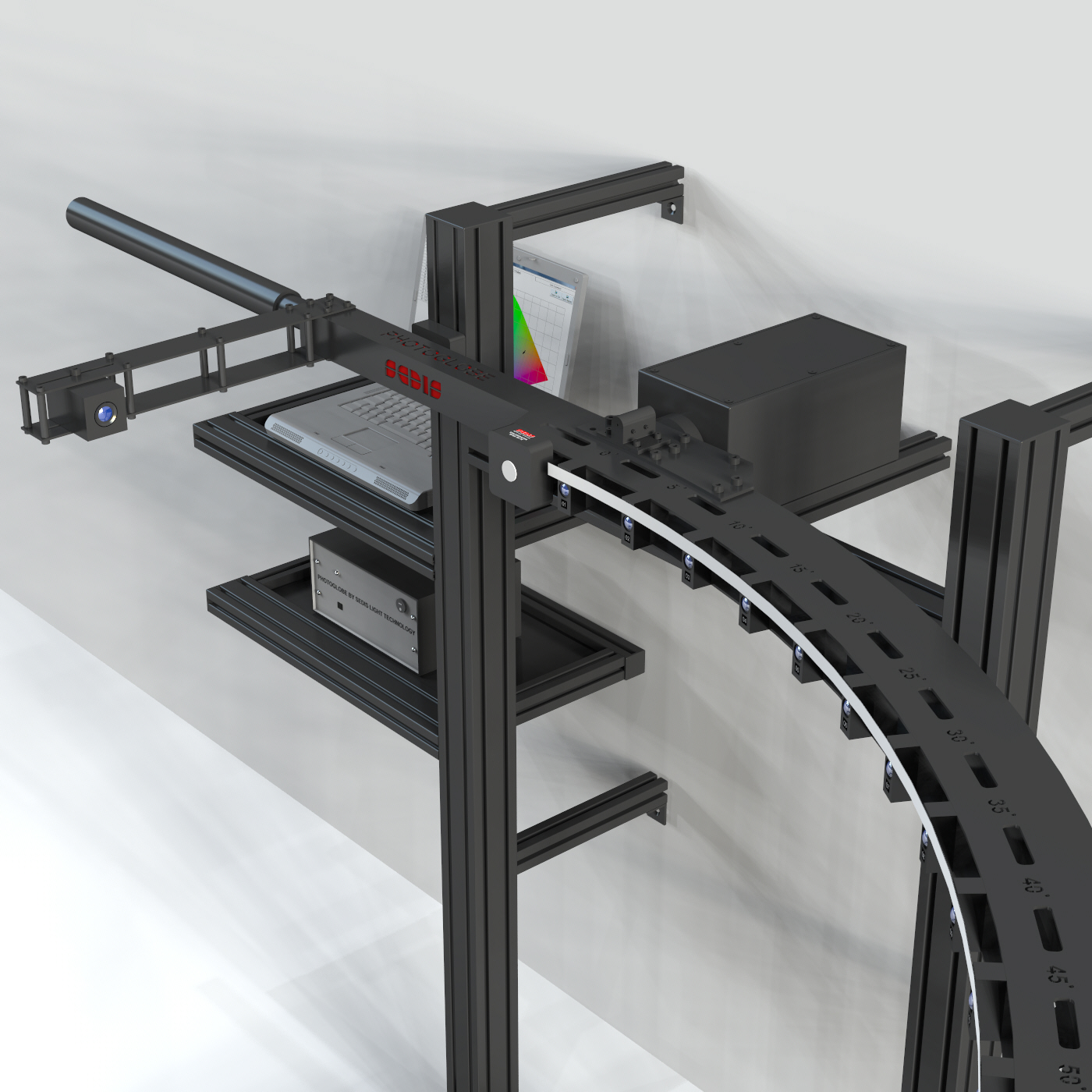
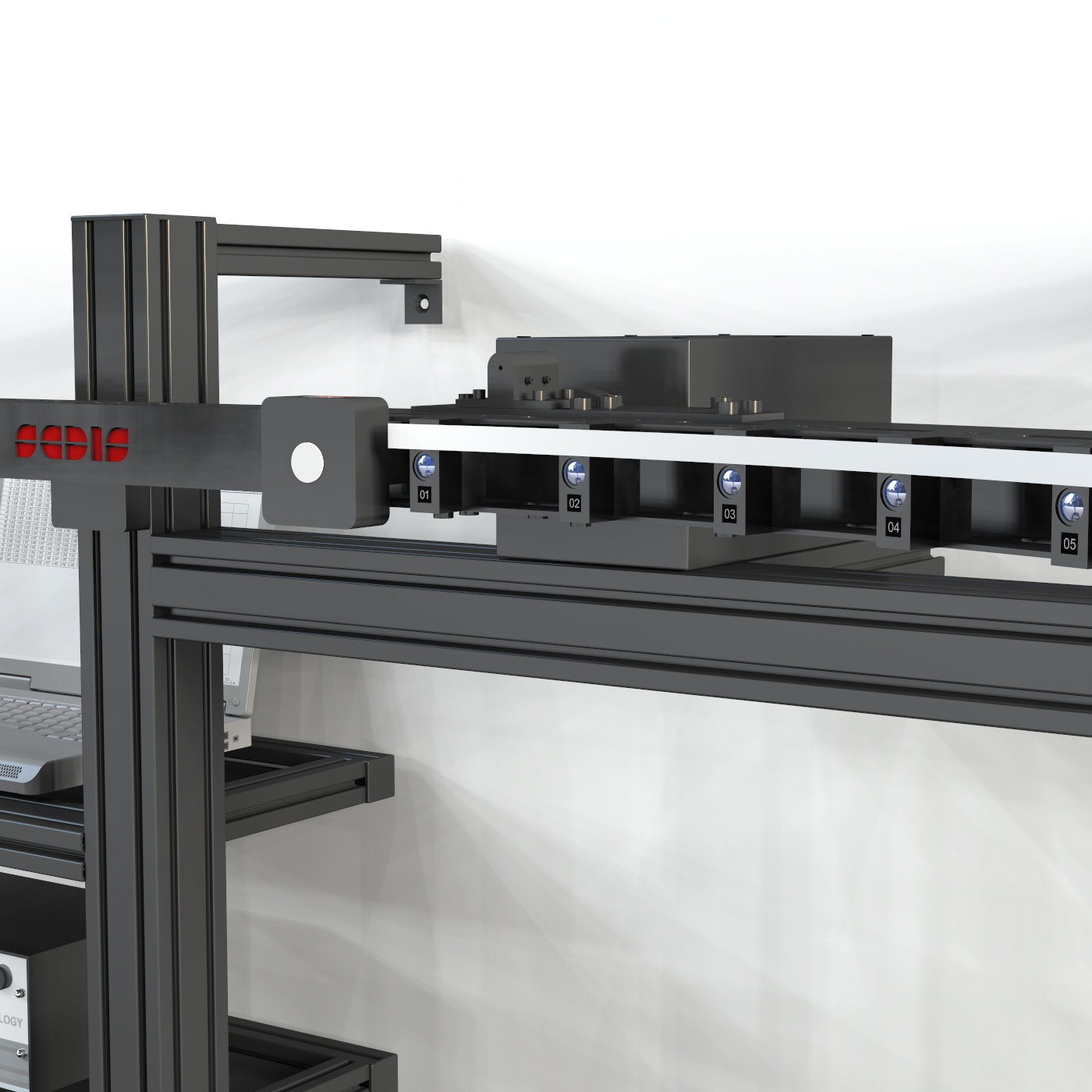
Fotogoniometro Photoglobe 4FASC
Fotogoniometro Photoglobe 4FASC
Fotogoniometro Photoglobe 4FASC
Fotogoniometro Photoglobe 4FASC
Fotogoniometro Photoglobe 4FASC
Fotogoniometro Photoglobe 4FASC






Photoglobe 4FASC is the far-field goniophotometer that, for the duration of the photometric measurement, holds the sample under test fixed, in its operating position, whatever it may be.
The device under test (DUT) is any type of luminaire or light source.
CARRY OUT
CHECK
EXPORT
RETURN
POST-PROCESSING SOFTWARE
Measurement data are processed by a powerful post-processing software.
The software generates a .PDF measurement report containing, in addition to the above listed data, the following:
DOWNLOAD